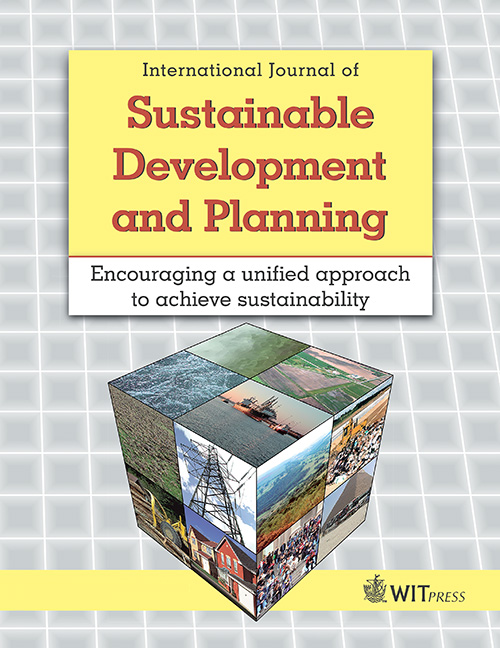A CASE STUDY ON STABILIZATION AND REUSE OF GEOPOLYMER-ENCAPSULATED BROWN COAL FLY ASH
Price
Free (open access)
Volume
Volume 1 (2006), Issue 1
Pages
14
Page Range
76 - 90
Paper DOI
10.2495/SDP-V1-N1-76-90
Copyright
WIT Press
Author(s)
P. Bankowski
Abstract
Fly ash disposal for coal power stations is an ongoing problem. This paper explores the use of a geopolymeric material to stabilize fly ash and reduce the leach rates of metals, and at the same time determine whether the stabilized material can be reused and recycled as value-added products. Fly ash from the LatrobeValley,Victoria, Australia, was collected and stabilized in a geopolymer with a molar silica to alumina ratio of 3. Fly ash was collected from electrostatic precipitators [precipitator fly ash (PFA)] and ash disposal ponds [leached fly ash (LFA)] so that a comparison in results between the two types could be made. In terms of stabilization of selected heavy metals, PFA showed better trends towards reduction in leach rates, although for this fly ash the initial concentration of heavy metals is low. LFAshowed better trends towards reduction in major elemental leach rates. Compressive strength tests were carried out to determine the potential of the material to be used as recycled products. A maximum compressive strength of 32 MPa was achieved with a PFA–geopolymer combination, which shows that these materials can be recycled and reused. However, more research is still required to achieve greater compressive strengths. Scanning electron microscopy linked the leaching behaviour and compressive strength values with images that showed the fly ash particle–geopolymer interaction. Materials cost estimation was conducted to determine the cost of materials required to stabilize and reuse fly ash geopolymers.
Keywords
fly ash, material costs, metal leaching, stabilization, waste management.




